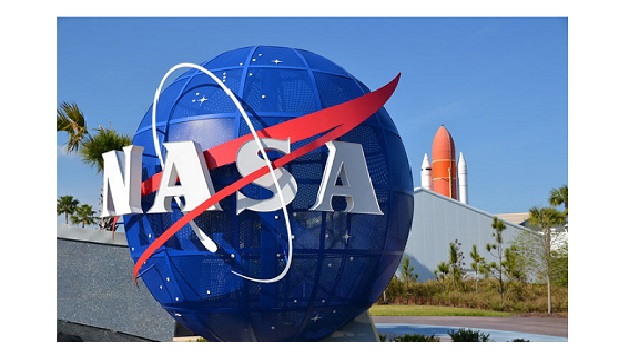NASA has launched Parker Solar Probe, the US space agency’s historic small car-sized probe, on its seven-year space odyssey that will take it gradually closer to the Sun at 3.8 million miles.
The spacecraft, launched from Cape Canaveral Air Force Station in Florida, will transmit its first scientific observations in December this year, beginning a revolution in our understanding of the star that makes life on Earth possible.
The mission’s findings will help researchers improve their forecasts of space weather events, which have the potential to damage satellites and harm astronauts in orbit, disrupt radio communications and, at their most severe, overwhelm power grids.
Over the next two months, Parker Solar Probe will fly towards Venus, performing its first Venus gravity assist in early October, a manoeuvre a bit like a handbrake turn, that whips the spacecraft around the planet, using Venus’s gravity to trim the spacecraft’s orbit tighter around the Sun.
“This mission truly marks the humanity’s first visit to a star that will have implications not just here on Earth, but how we better understand our universe,” said Thomas Zurbuchen, Associate Administrator of NASA’s Science Mission Directorate.
This first flyby will place Parker Solar Probe in position in early November to fly as close as 15 million miles from the Sun, within the blazing solar atmosphere, known as the corona, closer than anything made by humanity has ever gone before.
Throughout its seven-year mission, Parker Solar Probe will make six more Venus flybys and 24 total passes by the Sun, journeying steadily closer to the Sun until it makes its closest approach at 3.8 million miles.
Parker Solar Probe will set its sights on the corona to solve long-standing, foundational mysteries of Sun, the US-based space agency said.
The probe is named after Eugene Parker, a solar physicist, who in 1958 first predicted the existence of the solar wind, a stream of charged particles and magnetic fields that flow continuously from the sun.








